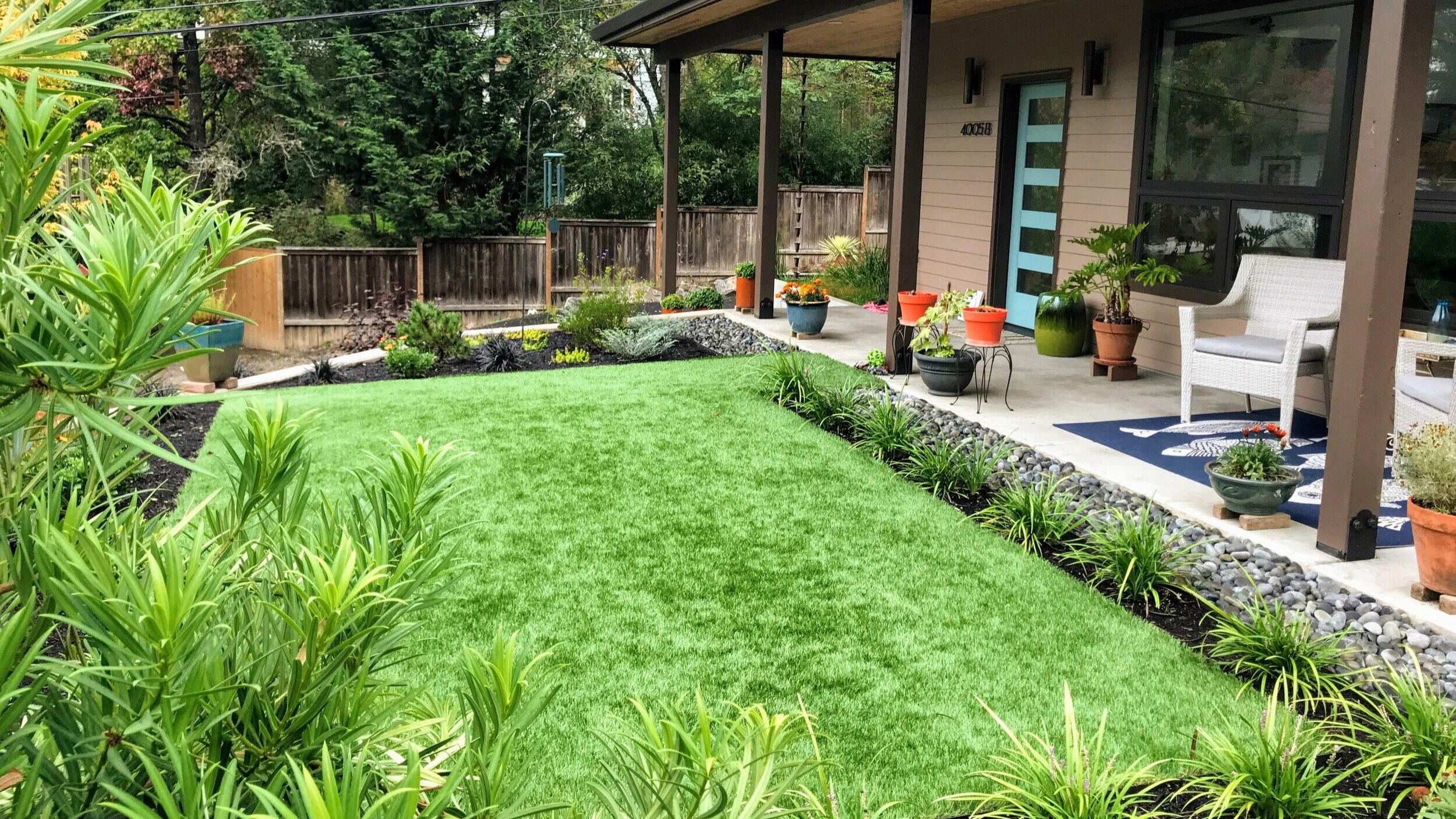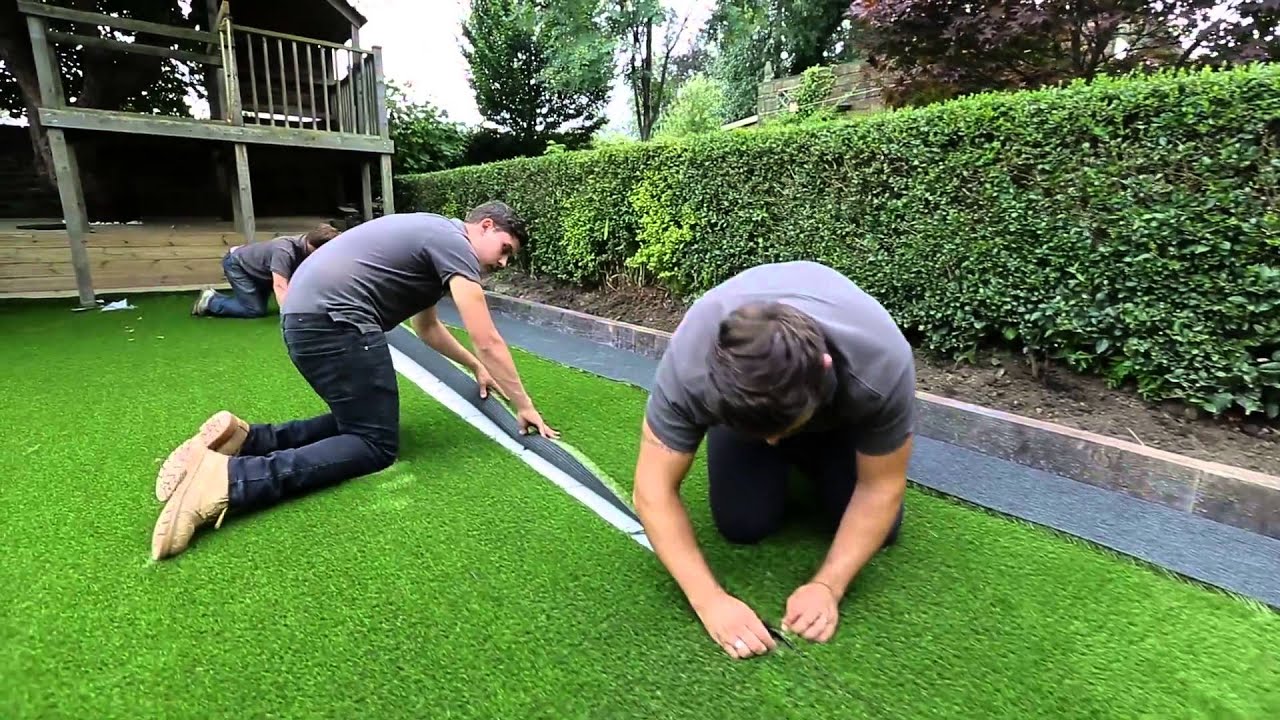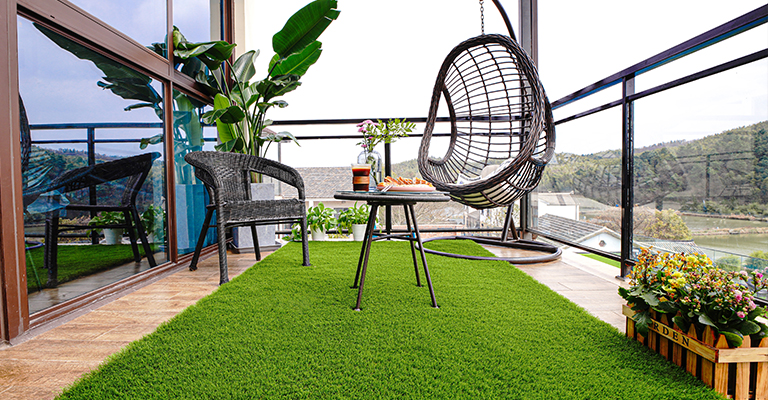Best Phoenix Turf Companies Providing High-Quality Synthetic Grass Options
Wiki Article
Look Into the Environmental Benefits of Opting for Synthetic Grass Solutions
The adoption of man-made grass options presents an engaging chance to attend to pressing ecological difficulties. By substantially decreasing water usage and lessening the application of unsafe chemicals, these alternatives not just advertise lasting landscape design yet also safeguard neighborhood communities.Water Preservation Conveniences
Among the most considerable advantages of artificial turf is its capability to preserve water. Conventional yard yards call for substantial irrigation, especially in locations susceptible to drought or water limitations. In comparison, synthetic grass does not require watering, significantly lowering the overall need for water resources. This feature is particularly advantageous in deserts where water scarcity is a pressing problem.By eliminating the need for normal watering, synthetic grass adds to lasting landscape practices and helps alleviate the ecological impact of extreme water intake. The conservation of water extends to the decrease of runoff, which can lead to dirt erosion and river air pollution.
In addition, the installation of synthetic grass allows municipalities and property owners to assign water resources much more efficiently, concentrating on vital usages such as alcohol consumption water and farming. The change in the direction of artificial lawn not only advertises responsible water use but additionally aligns with broader ecological objectives intended at protecting natural deposits.
As neighborhoods significantly prioritize sustainability, the water preservation benefits of synthetic grass present an engaging case for its adoption in residential and commercial landscaping projects.
Lowered Chemical Usage
The shift to synthetic grass significantly lowers the dependence on chemical treatments commonly utilized in natural lawn maintenance. Traditional turf management generally entails the application of fertilizers, herbicides, and pesticides to advertise development and control insects. These chemicals can pose threats to human health and wellness, local wildlife, and the setting, adding to dirt and water contamination.On the other hand, man-made turf removes the requirement for these damaging materials. Once set up, it calls for marginal maintenance, primarily containing normal cleaning and seldom infill replenishment. This reduction in chemical usage not just profits the prompt atmosphere yet also adds to wider environmental security. By minimizing the release of artificial compounds into the ecosystem, synthetic grass advertises healthier soil and water supply.
In addition, the lack of chemical runoff related to artificial lawn installments helps secure local rivers from pollution, supporting aquatic life and keeping biodiversity. Arizona artificial turf. As communities increasingly prioritize sustainable practices, choosing for synthetic grass offers a sensible solution that lines up with environmental conservation goals. Through this shift, home owners can enjoy rich environment-friendly spaces without compromising ecological health and wellness, leading the way for a much more lasting future
Lower Carbon Footprint

Furthermore, the installment of fabricated grass can result in considerable water preservation. All-natural lawns require significant quantities of water for watering, which not only includes in the carbon impact connected with water removal and treatment yet also stress neighborhood water sources. On the other hand, synthetic grass requires marginal maintenance, needing no watering, consequently dramatically minimizing water usage and its linked power costs.
In addition, the longevity of synthetic grass adds to its decreased carbon effect. With a life-span of as much as 15 years or more, the requirement for constant substitutes is diminished, leading to less waste and reduced power usage in production and taking care of standard grass alternatives. On the whole, synthetic grass offers a sustainable option for ecologically aware landscaping.
Habitat Conservation
Environment preservation is an important factor to consider in the discussion over landscape design choices, particularly when contrasting synthetic grass to natural grass. All-natural lawn yards often call for considerable maintenance, including using herbicides, pesticides, and plant foods, which can adversely impact regional ecosystems. These chemicals can leach into the dirt and rivers, damaging indigenous plants and animals and interrupting regional environments.
Synthetic turf removes the requirement for dangerous chemicals, thus shielding nearby wild animals and keeping the integrity of surrounding environments. The setup of man-made lawn can lead to the conversion of previous yard locations right into more biodiverse landscapes, such as pollinator yards or indigenous plant locations, which can support regional wildlife.
Ultimately, the change to synthetic turf not only conserves water and decreases upkeep efforts but likewise fosters an extra harmonious connection in between human tasks and the natural surroundings, advertising environment preservation in the procedure.
Long-Term Sustainability
Lasting sustainability is a crucial element in evaluating the benefits of synthetic grass over typical turf lawns. One of the most substantial advantages of synthetic grass is its sturdiness; it can last up to 15-20 years with very little upkeep, whereas natural grass calls for regular reseeding and replacement. This long life lowers the requirement for constant resources, such as water, fertilizers, and pesticides, which are vital for preserving a healthy and balanced redirected here turf lawn.Furthermore, synthetic grass adds to a reduction in carbon exhausts related to yard care equipment. Conventional yards usually need gas-powered lawn mowers, leaners, and blowers, all of which add to air contamination. Artificial turf companies phoenix. In contrast, synthetic grass removes the demand for such tools, advertising a cleaner setting
In addition, the production of man-made turf progressively utilizes recycled products, boosting its sustainability profile. As producers adopt environmentally friendly practices, the environmental impact of fabricated grass remains to reduce.

Final Thought
The adoption of synthetic grass remedies offers significant environmental benefits, including substantial water preservation, lowered dependence on damaging chemicals, and a lower carbon footprint. Additionally, fabricated grass help in maintaining all-natural habitats by decreasing land disruption and promoting lasting sustainability through using durable materials. Jointly, these factors highlight the capacity of man-made lawn to add favorably to environmental health and wellness and provide a feasible option to traditional landscape design techniques in a progressively resource-conscious globe.In contrast, artificial grass does not require watering, considerably reducing the total need for water resources. By minimizing the launch of synthetic substances right into the community, man-made turf promotes healthier dirt and water systems.
Moreover, the setup of synthetic grass can result in substantial water preservation. In contrast, synthetic lawn needs very little upkeep, calling for no watering, thus dramatically reducing water use and its connected power costs.

Report this wiki page